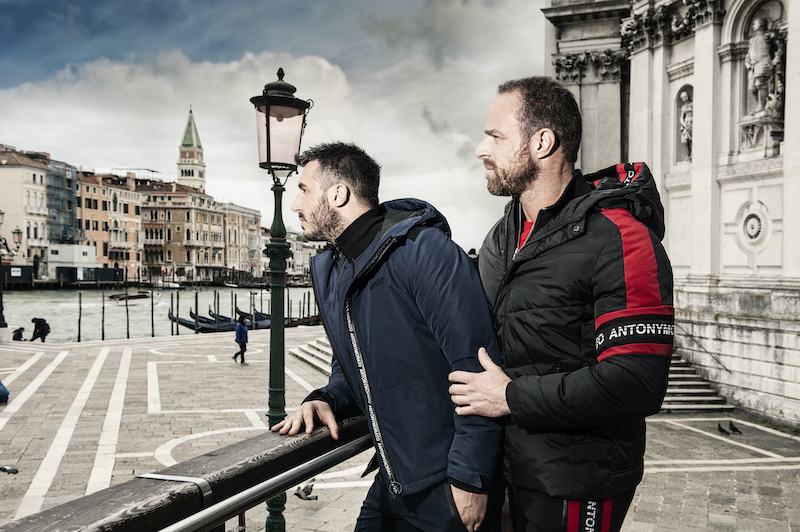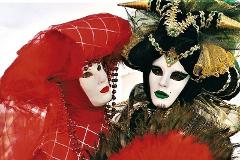Oscar Wilde In Venice

- Duration: 3 Hours (approx.)
- Location: Venice
- Product code: OW1IV
In 1875, Oscar Wilde is in Italy. Visiting Italy, for an Englishman of the Victorian era, meant not only discovering culture and beauty during a traditional Grand Tour: that time Italy had indeed a reputation as a tolerant country in sexual matters, not a mystery that many homosexuals was founding in cities like Venice refuge and freedom.
The emotional impact Venice played on him was beyond expectations and probably mediated by the book “The Stones of Venice” by professor and friend John Ruskin that Wilde met in Oxford in those years. Venice appeared to Wilde as a long parade of churches and palaces, white and golden domes, high belltowers. It seems there is no open space in Venice, but only in San Marco Square. He also points out that Venice is a perfect setting for romance, because the scenario is always somehow romantic.
Wilde was captured by the beauty of St. Mark Basilica and by Rialto Bridge. Even if his letters about Venice do not specify all the places he used to visit…nevertheless, we may have some clues.
A book, edited in 2022 and written by Marie Gervais-Vidricaire ‘Silence sur Venise’ features a fictional encounter of a young Marcel Proust with the artist Mariano Fortuny and Oscar Wilde. The book imagines a talk about all arts amongst three great artists and includes also Stefan Zweig, expressing his wish to become a writer, like Oscar Wilde.
Mariano Fortuny, painter, stylist and eclectic artist restored Pesaro Palace, as the greatest expression of European Decadentism and made it his house-atelier. The influence of Oscar Wilde’s poetry and themes was extremely strong on the Fortuny era, and the palace itself reflects all this fascination. Not only, Wilde and Fortuny share much of the same cultural background, as the great love for the ancient Greek culture, and certainly very similar artistic and aesthetic tastes. So much so we can truly assume that if Oscar Wilde himself had decorated the palace it would not look much different! An example is also his famous shawl ‘Knossos’, which recalls all the seduction of Wilde’s ‘Salomè’ and which definitely influenced the icon of the ‘Femme Fatale’ during the ‘Belle Epoque’.







